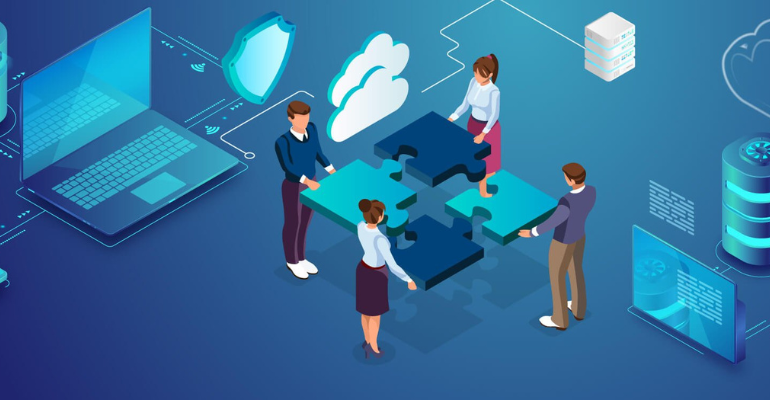
Mastering Email Personalization: A Comprehensive Guide
Unlocking the full potential of email marketing involves leveraging the power of personalization. Statistics reveal that personalized promotional campaigns yield 41% higher unique click rates than their non-personalized counterparts. Whether you’re a seasoned marketer or just starting, implementing personalized tactics can significantly enhance your email performance.
Understanding Personalization:
Email personalization involves tailoring the email experience for subscribers by utilizing information such as names, preferences, purchase history, and more. Unlike generic, mass-produced emails, personalized emails make recipients feel valued and acknowledged. The key is to create a connection that goes beyond being just an email address in your database.
Benefits of Email Personalization:
Increased Open Rates: Personalized subject lines can boost open rates by an impressive 29%
Long-Term Engagement: Demonstrating to subscribers that they are valued individuals fosters engagement, creating lasting connections.
Revenue Boost: Campaign Monitor reports that email personalization can increase revenue by up to 760%, as customers prefer spending where they feel appreciated.
Common Types of Personalization:
Merge Tags: Incorporate contact data fields into your emails, such as names or preferences, with merge tags. This simple yet effective method can significantly impact email performance.
Dynamic Subject Lines: Use known subscriber data or category information to create subject lines specific and relevant to each recipient, resulting in 65% higher open rates.
Personalized Images: Change images in your emails based on subscriber-specific data, achieving an 8x higher click-through rate.
Audience Segmentation: Distinguish subscriber groups based on shared characteristics, such as location or transaction history, increasing open rates by 82%.
Dynamic Content: Customize content for each recipient, providing a tailored experience and boosting email click-through rates by 65%.
Automation: Implement automated journeys based on subscriber actions, birthdays, renewals, and more to create personalized experiences at scale.
Best Practices:
Use Trusted Data: Ensure the data used for personalization is reliable and regularly reviewed to avoid inaccuracies.
Ask Subscribers: If lacking sufficient data, directly collect it from subscribers through preference centers in welcome messaging or footers.
Test Thoroughly: Rigorously test emails, especially when incorporating layers of personalization, to ensure accurate rendering on various devices.
Be Natural: Only use personalization when it makes sense, avoiding forced or excessive use that may appear unnatural.
Examples of Successful Personalization:
Gas Buddy: Utilizes personalized data to send driving scorecards, including individual habits, tips, location-specific data, and driver comparisons.
Really Good Emails: Incorporates customized rap name GIFs based on subscribers’ names, demonstrating creativity and personalization.
Grammarly: Sends weekly writing updates with user statistics in graphs, gamifying achievements and maintaining user engagement.
Lyft: Sends personalized monthly, year-in-review, and anniversary emails, solidifying relationships with users.
Conclusion:
Email personalization is a powerful tool that can elevate your digital marketing strategy. By incorporating the discussed techniques and best practices , you can immediately connect with subscribers on a personal level, leading to increased engagement and improved email performance.




